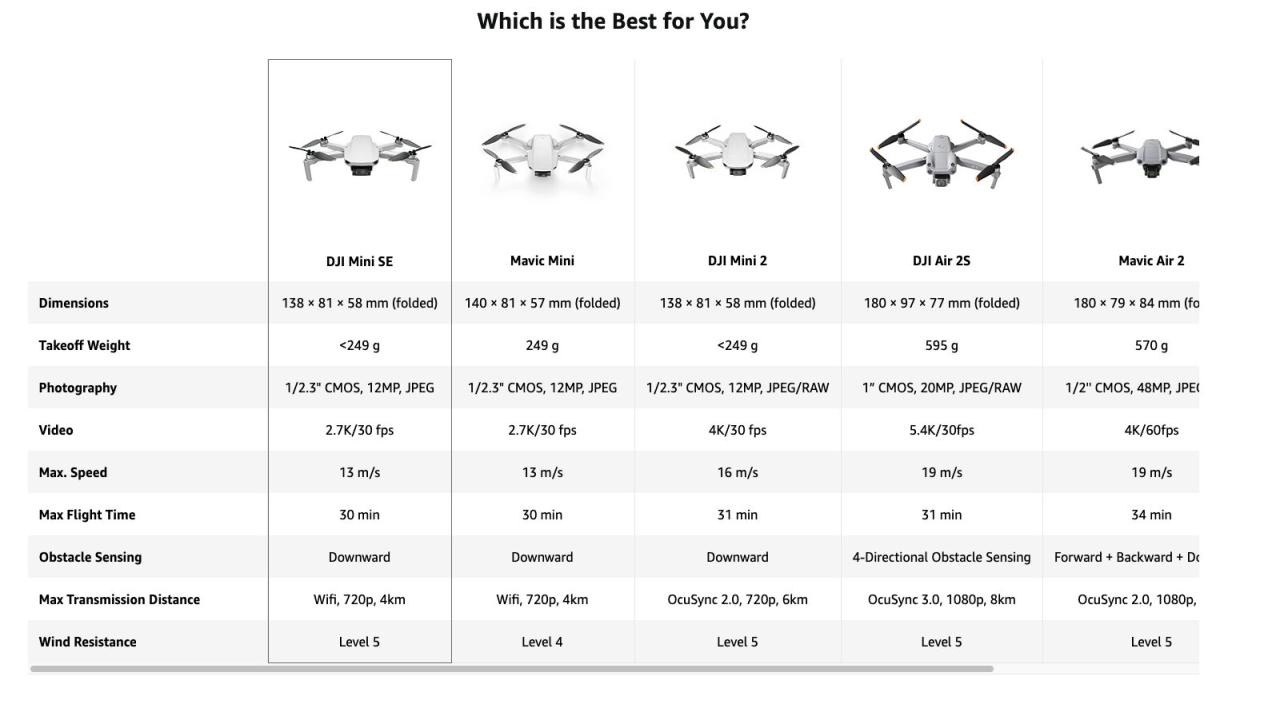DJI Drone Canada: Soaring above the Canadian landscape with a DJI drone opens up a world of possibilities, from breathtaking aerial photography to professional surveying. But navigating the regulations, choosing the right model, and understanding the legal aspects can feel overwhelming. This guide cuts through the complexity, providing a clear and concise overview of everything you need to know about owning and operating a DJI drone in Canada.
We’ll explore Transport Canada’s regulations for both recreational and commercial drone use, highlighting key differences and potential penalties. We’ll also delve into the popular DJI drone models available in Canada, comparing their features and suitability for various applications. From finding the best retailer to securing appropriate insurance, we’ll cover all the bases to ensure your drone experience is safe, legal, and enjoyable.
DJI Drone Regulations in Canada: Dji Drone Canada
Flying a drone in Canada, whether for fun or profit, requires understanding Transport Canada’s regulations. These rules are designed to ensure safe and responsible drone operation, protecting both people and property. Failure to comply can result in significant penalties.
Transport Canada Drone Regulations
Transport Canada’s regulations cover various aspects of drone operation, including registration, licensing, airspace restrictions, and operational standards. Key regulations focus on safe flight procedures, maintaining visual line of sight, respecting privacy, and avoiding prohibited airspace.
Commercial Drone Licensing Requirements
Operating a drone commercially in Canada necessitates obtaining a Special Flight Operations Certificate (SFOC) from Transport Canada. This involves demonstrating competency through a knowledge test and practical flight examination. The specific requirements depend on the complexity of the operation and the type of drone used. For simpler commercial operations, a Basic Operational Certificate might suffice.
Recreational vs. Commercial Drone Use: A Comparison
The main difference lies in licensing and operational complexity. Recreational drone use generally requires registration of the drone itself but not a pilot license, provided the drone remains under a certain weight and adheres to basic safety guidelines. Commercial use, however, demands significantly more stringent regulations, including licensing, flight planning, and adherence to more complex operational standards.
Prohibited Airspace in Canada
Several areas in Canada are designated as no-fly zones for drones. These include airports, military bases, national parks (often with specific restrictions within the park), and areas with heightened security concerns. It’s crucial to use a flight planning app that integrates with Transport Canada’s airspace restrictions database to ensure compliance.
Summary of Key Regulations and Penalties
| Regulation | Violation | Penalty | Notes |
|---|---|---|---|
| Drone Registration | Failure to register | $3,000 fine | Applies to most drones above a certain weight |
| Airspace Restrictions | Flying in prohibited airspace | $5,000 – $25,000 fine | Penalties vary depending on severity and location |
| Safe Flight Operations | Reckless operation endangering others | $10,000 – $100,000 fine, potential jail time | Serious violations can result in criminal charges |
Popular DJI Drone Models in Canada
Several DJI drone models enjoy significant popularity in Canada, each catering to different needs and budgets. The choice depends on factors like desired camera quality, flight time, and intended use (photography, videography, etc.).
Top Three DJI Drone Models
Three consistently popular models in Canada include the DJI Mavic 3, the DJI Mini 3 Pro, and the DJI Air 2S. These drones offer a balance of features, portability, and performance, making them suitable for various users.
Model Comparison: Flight Time, Camera Quality, and Price
The Mavic 3 generally offers the longest flight time and highest camera quality, but at a higher price point. The Mini 3 Pro is more compact and affordable, sacrificing some flight time and camera resolution. The Air 2S sits comfortably in the middle, offering a good compromise between features and cost.
Suitability for Different User Needs
The Mavic 3’s superior camera system makes it ideal for professional photographers and videographers. The Mini 3 Pro’s portability and ease of use are perfect for recreational users, while the Air 2S is a versatile option for both hobbyists and those needing more robust features than the Mini but at a lower price than the Mavic 3.
Pros and Cons of Each Model
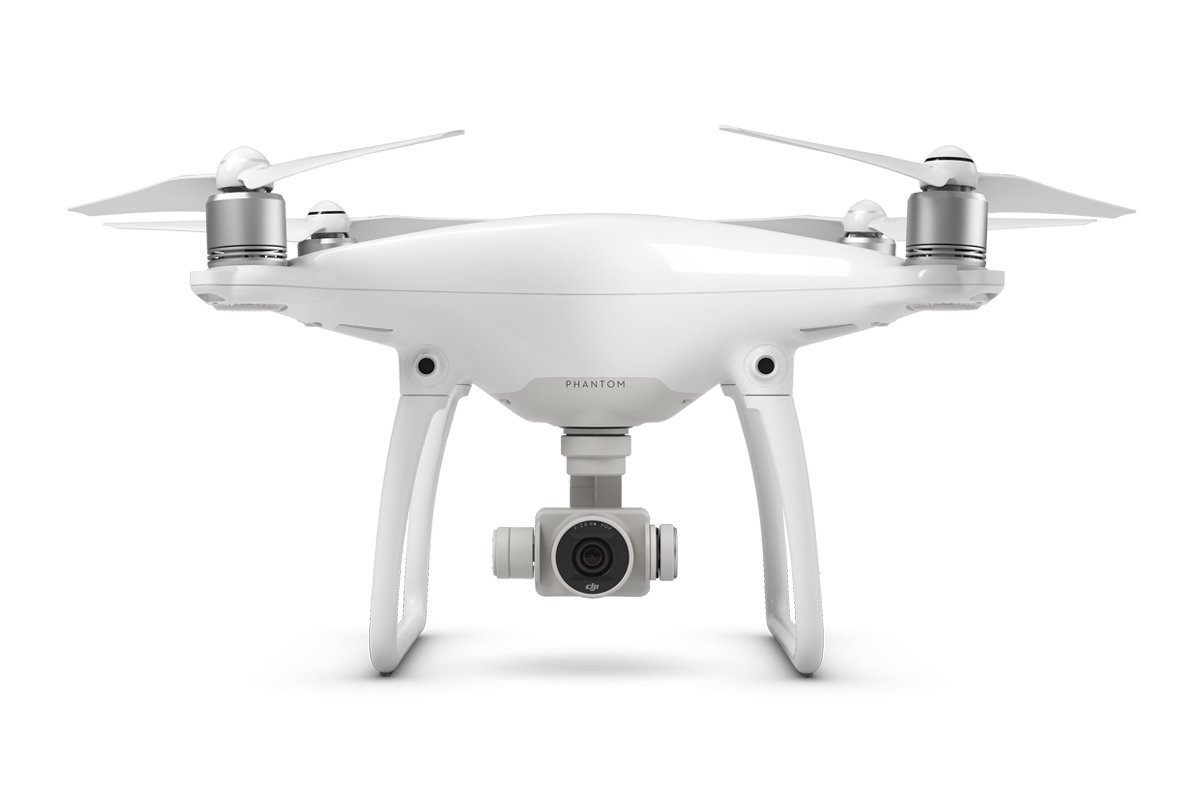
- DJI Mavic 3:
- Pros: Excellent camera, long flight time, advanced features.
- Cons: High price, larger size and weight.
- DJI Mini 3 Pro:
- Pros: Compact and lightweight, affordable, good camera quality.
- Cons: Shorter flight time than Mavic 3, fewer advanced features.
- DJI Air 2S:
- Pros: Good balance of features, flight time, and price; versatile.
- Cons: Not as compact as Mini 3 Pro, not as high-end as Mavic 3.
Where to Buy DJI Drones in Canada
Several retailers in Canada offer DJI drones, both online and in physical stores. Choosing the right retailer depends on factors like price, warranty, and customer service.
Major Retailers and Authorized Dealers, Dji drone canada
Major electronics retailers such as Best Buy, Amazon.ca, and Canada Computers often stock DJI drones. However, purchasing from an authorized DJI dealer ensures genuine products and access to official warranties and support.
Retailer Comparison
| Retailer | Website | Typical Price Range |
|---|---|---|
| Best Buy | www.bestbuy.ca | Varies by model |
| Amazon.ca | www.amazon.ca | Varies by model and seller |
| Canada Computers | www.canadacomputers.com | Varies by model |
Drone Insurance and Liability in Canada
Drone insurance is crucial, protecting both recreational and commercial users from potential liabilities. Accidents can happen, and the financial consequences can be significant without proper coverage.
Importance of Drone Insurance
Drone insurance mitigates financial risks associated with accidents, property damage, and third-party injuries. It provides a safety net in case of unforeseen events, protecting your investment and shielding you from potential legal action.
Flying your DJI drone in Canada? Good signal strength is key for smooth operation, and that starts with your phone’s connection. Before you take off, make sure you’re on the right frequency by checking if you’re connected to 2.4GHz or 5GHz; you can easily find out by following these steps on how to check your wifi ghz on iphone.
Knowing your wifi GHz will help you optimize your DJI drone’s connection for better flight performance in Canada.
Types of Drone Insurance Coverage
Various types of coverage are available, including liability insurance (covering damage or injury caused by your drone), hull insurance (covering damage to your drone itself), and third-party property damage insurance.
So you’re looking at DJI drones in Canada? That’s awesome! Before you take off, though, it’s super important to know the rules. If your drone weighs under 250g, check out this handy guide on canada drone laws under 250g to make sure you’re flying legally. Understanding these regulations will help you enjoy your DJI drone safely and responsibly in Canada.
Legal Liabilities
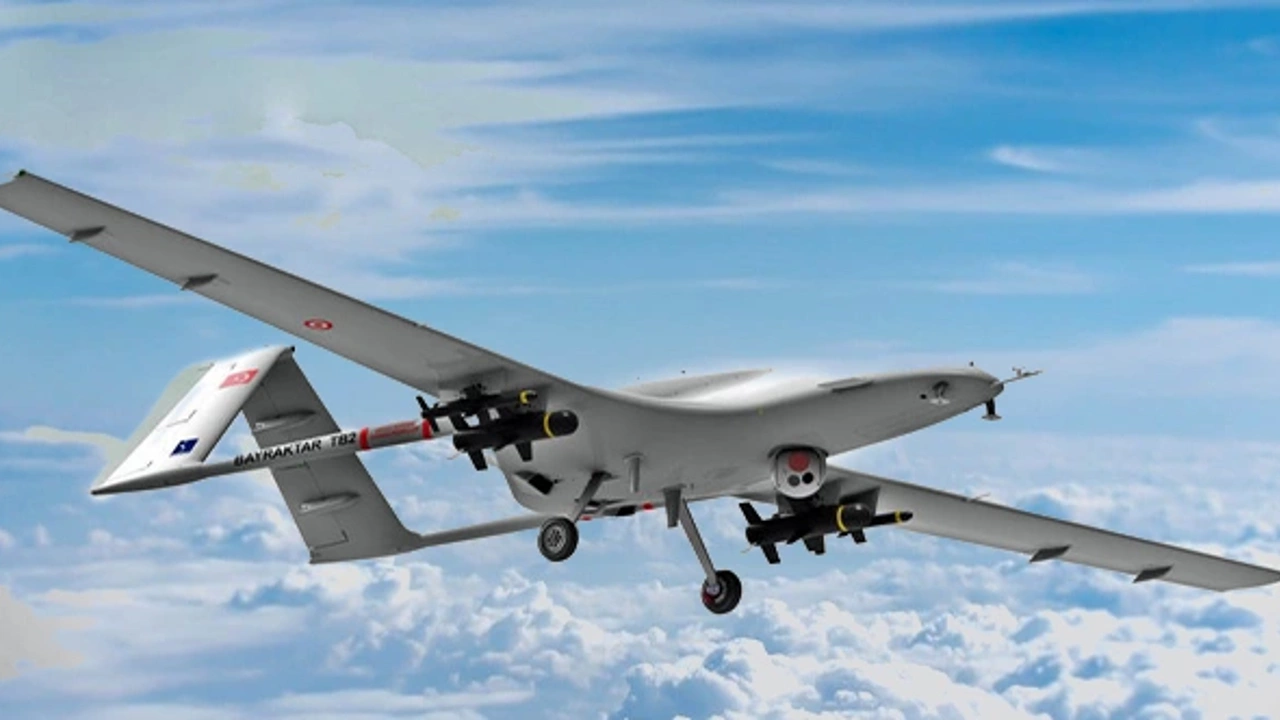
Operating a drone carries legal liabilities. If your drone causes damage or injury, you could face significant financial and legal consequences. Insurance helps mitigate these risks.
Scenarios Requiring Drone Insurance
Examples include accidental damage to a neighbour’s property, injury to a bystander caused by a falling drone, or damage to your drone during a crash. In each scenario, insurance can significantly reduce your financial burden.
Ethical Considerations of Drone Use in Canada
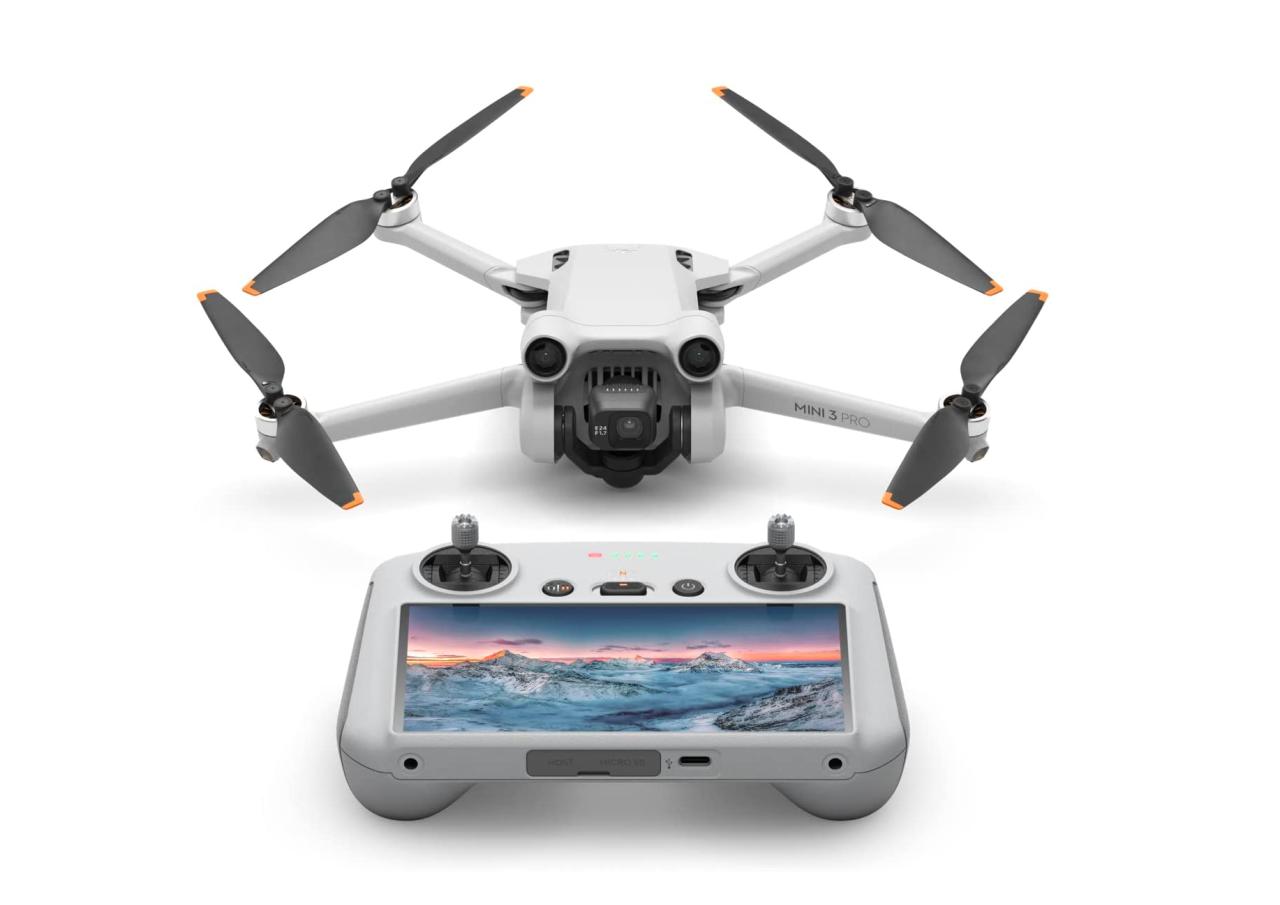
Responsible drone operation involves considering ethical implications, especially regarding privacy, wildlife, and environmental impact. Respect for others and the environment is paramount.
Surveillance and Data Collection
Using drones for surveillance raises privacy concerns. It’s crucial to respect individual privacy and ensure compliance with relevant laws regarding data collection and usage. Obtaining consent is often necessary.
Privacy and Consent
Always respect individuals’ privacy. Avoid filming people without their knowledge or consent, unless it’s explicitly permitted by law (e.g., for news reporting in public spaces with clear limitations).
Wildlife Conservation
Drones can disturb wildlife, especially birds. Avoid flying near sensitive habitats or during nesting seasons. Adhere to any specific regulations related to wildlife areas.
Minimizing Environmental Impact
Drones themselves have a carbon footprint. Minimize flight time and prioritize responsible battery disposal to reduce environmental impact.
So you’re looking into DJI drones in Canada? That’s awesome! Before you take to the skies here, it’s worth checking out regulations in other places, like the rules and airspace considerations for flying a drone in Paris, which you can find more info on here: drone in paris. Understanding international drone laws can help you avoid any headaches later, and ultimately make your DJI drone experience in Canada even smoother.
Drone Photography and Videography in Canada
Canada offers breathtaking landscapes ideal for capturing stunning drone footage. Planning is key for successful drone photography and videography shoots.
Popular Locations for Drone Footage
Locations such as Banff National Park, the Canadian Rockies, Niagara Falls, and the coastline of British Columbia offer incredible opportunities for capturing breathtaking aerial views.
Planning a Drone Shoot
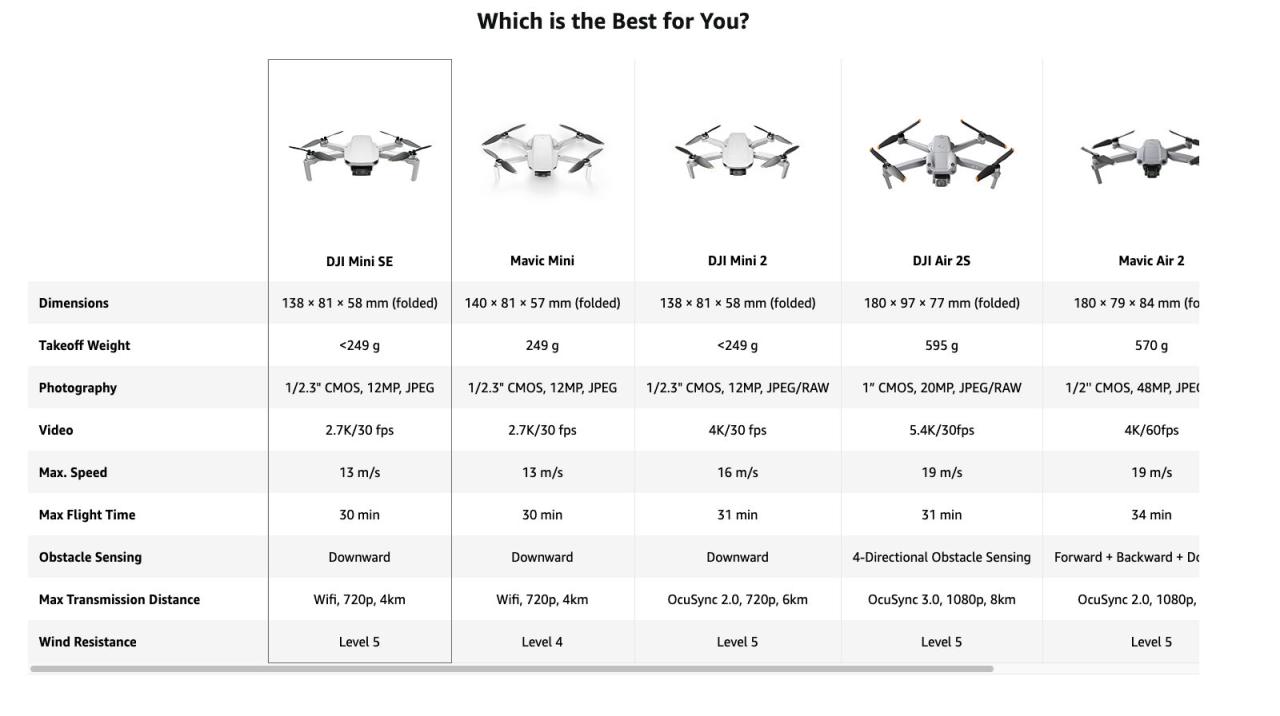
Check weather conditions, ensure battery life is sufficient, plan flight paths considering airspace restrictions, and always prioritize safety.
Examples of Stunning Drone Footage
- British Columbia: Imagine the vibrant turquoise waters of the Pacific Ocean crashing against the rugged coastline, with lush rainforests descending to meet the shore. A drone captures the vastness and beauty with unparalleled detail.
- Alberta: The towering peaks of the Canadian Rockies, dusted with snow, stand majestically against a clear blue sky. A drone reveals the scale and grandeur of the landscape, showcasing the intricate details of glaciers and snow-capped mountains.
- Quebec: The charming villages and rolling hills of Quebec’s countryside, with picturesque rivers winding through the valleys, create a visually stunning tapestry. A drone reveals the intricate details of the landscape, showcasing the charming architecture and vibrant colours of the region.
Outcome Summary
Flying a DJI drone in Canada offers incredible opportunities, but responsible operation is paramount. By understanding the regulations, choosing the right equipment, and prioritizing safety and ethical considerations, you can unlock the full potential of your drone while respecting Canadian laws and the environment. Remember to always check for airspace restrictions and obtain necessary permits before each flight. Happy flying!
Expert Answers
What’s the maximum weight limit for drones without needing a Special Flight Operations Certificate (SFOC)?
Generally, drones under 25kg don’t automatically require an SFOC, but other regulations still apply depending on the flight operation.
Can I fly my DJI drone in national parks in Canada?
Regulations vary by park. Check Parks Canada’s website for specific rules and any required permits before flying.
Where can I find authorized DJI repair centers in Canada?
Check DJI’s official website for a list of authorized service centers. Larger retailers often offer repair services as well.
What kind of insurance is recommended for drone owners in Canada?
Liability insurance is crucial to cover potential damages or injuries caused by your drone. Consider third-party liability and potentially hull coverage.
